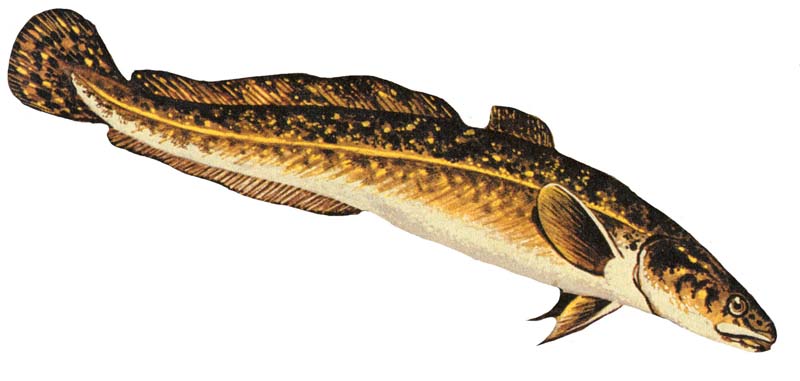TASTE AND NUTRITION
Omega 3 fatty acids: 0.44 grams per 8 ounce serving
Burbot is similar to cod and haddock, which isn’t surprising since it is a member of the freshwater cod family. It’s firm, white meat is excellent as Poor Man’s Lobster or fried.
Back in the roaring 1920s, a furrier noticed that foxes raised in captivity and fed burbot had better fur. The reason? Burbot liver! The son of the fox farmer had a degree in pharmacy. He discovered the vitamin D and A potency of liver oil from burbot is as high as that from good grades of cod liver oil. A burbot’s liver is about 10% of its body weight and six times bigger than that of other freshwater fish of the same size.
HOW THEY ARE HARVESTED
Burbot is classified as a rough fish by the state of Wisconsin, meaning that it is an unregulated fishery. The burbot has never been of commercial importance in the state because of its low market demand. Even in the very early years of commercial fishing on the Great Lakes, most burbot were discarded from whitefish and lake trout nets, except for a few sent to local markets. This is still the case today, except for one enterprising commercial fisherman on Door County’s Washington Island. Ken Koyen fishes for burbot and serves them up at his restaurant KK Fiske and The Granary.

